The Association of Literature and Arts of Duong Minh Chau district presented gifts to the family of Mr. Le Van Kim - American-killing hero.
One day in early autumn in August, we, members of the Duong Minh Chau District Literature and Arts Association, had a field trip to Cau Khoi Commune. The heavy rain seemed to wash away the dust, brightening up the spacious roofs along the main road of Provincial Road 784.
After the complete liberation of the South, the locality was chosen as the administrative center of the district. In 1977, the district agencies were adjusted to move to Suoi Da commune - where a part of the natural land area and population was later separated to become Duong Minh Chau town today.
Mr. Huynh Anh Hy - Chairman of the People's Committee of the commune said that on August 30, 1995, the people and armed forces of Cau Khoi commune were awarded the title of Hero of the People's Armed Forces.
During the resistance war against France, Cau Khoi was the route for transporting French troops to attack our base areas and build rubber plantations. During the resistance war against America, this was the route for transporting military equipment, food, and provisions from Tay Ninh to Dau Tieng for the American army; it was the route for supplying food and transporting American logistics from Dau Tieng to Trang Lon - Chau Thanh. This was also the base area with a route for liaison between delegations of cadres and forces of the Central Bureau, the province, and the districts going down to Trang Bang, Go Dau and all the way to Cu Chi (Saigon - Gia Dinh Special Zone, now Ho Chi Minh City).
In mid-1951, Duong Minh Chau base district was established. At that time, Cau Khoi was the gateway to Duong Minh Chau base area, with an important traffic route, Highway 26. Both the French and the US-puppet used Cau Khoi as a springboard to attack the base area, sweeping and destroying very fiercely.
At the end of 1965, the US sent troops directly to the battlefield in the South with the strategy of "search and destroy". Duong Minh Chau District Youth Union and Cau Khoi Commune Party Cell directed the establishment of a youth team in the commune to gather andeducate the youth who were children of families who followed the revolution, children of workers of Cau Khoi Rubber Plantation who stayed behind and refused to implement the policy of herding people into the enemy's strategic hamlets; assigned Cau Khoi Commune Youth Union to directly take charge and organize the team's activities.
In October 1965, the US landed in Tay Ninh . They used Highway 26 - now Provincial Highway 784 - to travel to Trang Lon, Ben Cui, and Dau Tieng areas to supply supplies and conduct sweeps. On Highway 26 (the section across Cau Khoi Commune), the District Engineer Team stationed at Cau Khoi manufactured mines and destroyed over 100 motor vehicles. Discovering our fighting methods, the US sent forces to patrol the major roads every day. At this time, only children dared to hang out on the streets and follow the US to "hang out".
Seeing that advantage, in early May 1966, Duong Minh Chau District Youth Union and Cau Khoi Commune Party Cell decided to organize the Cau Khoi Commune American Destruction Youth Team (called the Team for short) to directly fight the Americans; appointed Nguyen Van Hung as team leader and assigned comrade Hai Theo - Commune Youth Union Secretary to be in charge of the task of grasping the enemy situation on the communication routes, ensuring safe communication lines, and collecting weapons for the guerrillas - especially bullets and grenades.
Guided by the engineers to collect American warheads and duds, the team members also learned from the guerrillas how to do it and then created their own mines to attack enemy vehicles. After that, observing the rules of operation as well as the way the Americans cleared mines, the team members came up with a new way of fighting: digging holes at night, using American sandbags to bury in the holes, waiting for the American mine-sweeping vehicles to pass by, then taking out the sandbags and placing mines (hidden in rubber plantations) down, quickly camouflaging them. Military vehicles following about 700 - 800m later would definitely hit the mines.
Thinking is doing, the next day, the team members organized an attack immediately. As a result, the M113 vehicle carrying soldiers was hit by a grenade and flipped over, killing and injuring a squad of American soldiers. That was the first battle and victory of the Team, and also a creative way of fighting that adults had not thought of. The new way of fighting of the Cau Khoi Youth Team members to destroy Americans was reported by the Commune Union to the District Union and Cau Khoi Party Cell, and was praised and widely spread.
With intelligence, courage and creativity in each battle, in the years 1966-1969, trained by the district engineers, the Team fought dozens of battles (some days they organized 3 battles, in some battles they destroyed up to 4 American M113 and M41 vehicles), destroyed more than 70 motor vehicles and more than 100 American soldiers, causing heavy losses to the Americans.
In addition, the team members also took on the task of scouting, communicating, and providing information to help the army units avoid enemy attacks; grasping the situation, clearing the way, filling in the gaps, measuring targets for the main force to attack the outpost; providing food and medicine for the army. The team repeatedly discovered soldiers on sweeps and promptly reported to the Party Cell and Commune Team or went to scout the roads when there was a liaison trip passing through the Cau Khoi area. Thanks to that, the Cau Khoi Party Cell stood firm and did not suffer as many losses as other Party cells.
At the same time, the team members also approached and got acquainted with American soldiers, took advantage of their carelessness, took weapons and war equipment, including: 1 heavy machine gun, 2 M16s, 2 M79s, 2 pistols, destroyed 1 enemy transceiver, took 1 surgical kit and thousands of dollars to give to the revolution.
Vice President of the Luc Thanh Ho District Literature and Arts Association and Mr. Huynh Anh Hy - Chairman of Cau Khoi Commune People's Committee visited and presented gifts to Ms. Dang Thi Le - American-killing hero.
In 1972, the team members grew up and joined the liberation army until the liberation of the South and the reunification of the country on April 30, 1975. After the liberation, some team members also participated in international duty in Cambodia.
With its outstanding achievements in the period of 1966-1969, the Cau Khoi American-killing Youth Team was awarded the Second Class Military Exploit Medal by the Regional Command. Team leader Nguyen Van Hung was awarded the Third Class Military Exploit Medal, and other team members were awarded the American-killing Bravery Medal. The medals and certificates of merit awarded to the Cau Khoi American-killing Youth Team were buried by comrade Tu Can under the Cau Khoi rubber tree. Unfortunately, during a sweep, the enemy discovered and arrested the team members whose names were on the list.
In April 1993, Tay Ninh Provincial Youth Union organized a workshop to collect documents to write a history of the youth struggle movement in Tay Ninh province. The members of the Cau Khoi Youth Team to destroy Americans were organized by the Provincial Youth Union to go to the North to visit Uncle Ho's Mausoleum and some famous landscapes of the country according to the promise of their uncles and brothers in the past; they were honored by the Central Committee of the Ho Chi Minh Communist Youth Union.
It is very regrettable that among the 14 members of the Cau Khoi Youth Anti-American Team at that time, many went to work far away from the locality and now only 4 are still alive, including two people living in the commune (both were American Anti-American Heroes): Ms. Dang Thi Le (born in 1951) and Mr. Le Van Kim (born in 1957).
The war has long since ended, but the heroic revolutionary tradition of the army and people of Cau Khoi commune united to overcome all difficulties, sacrificed hardships, stuck to the fight, contributed human resources, material wealth, sheltered cadres and soldiers, protected the revolutionary forces, caused the enemy much terror and loss, contributed greatly to the common victory, and added color to the traditional flag of the heroic Duong Minh Chau base district, still deeply engraved in history, in the hearts of the children of Cau Khoi in particular and Duong Minh Chau district in general.
Hoa Hiep
Source: https://baotayninh.vn/doi-thieu-nien-diet-my-xa-cau-khoi-nhung-nam-thang-khong-quen-a177281.html


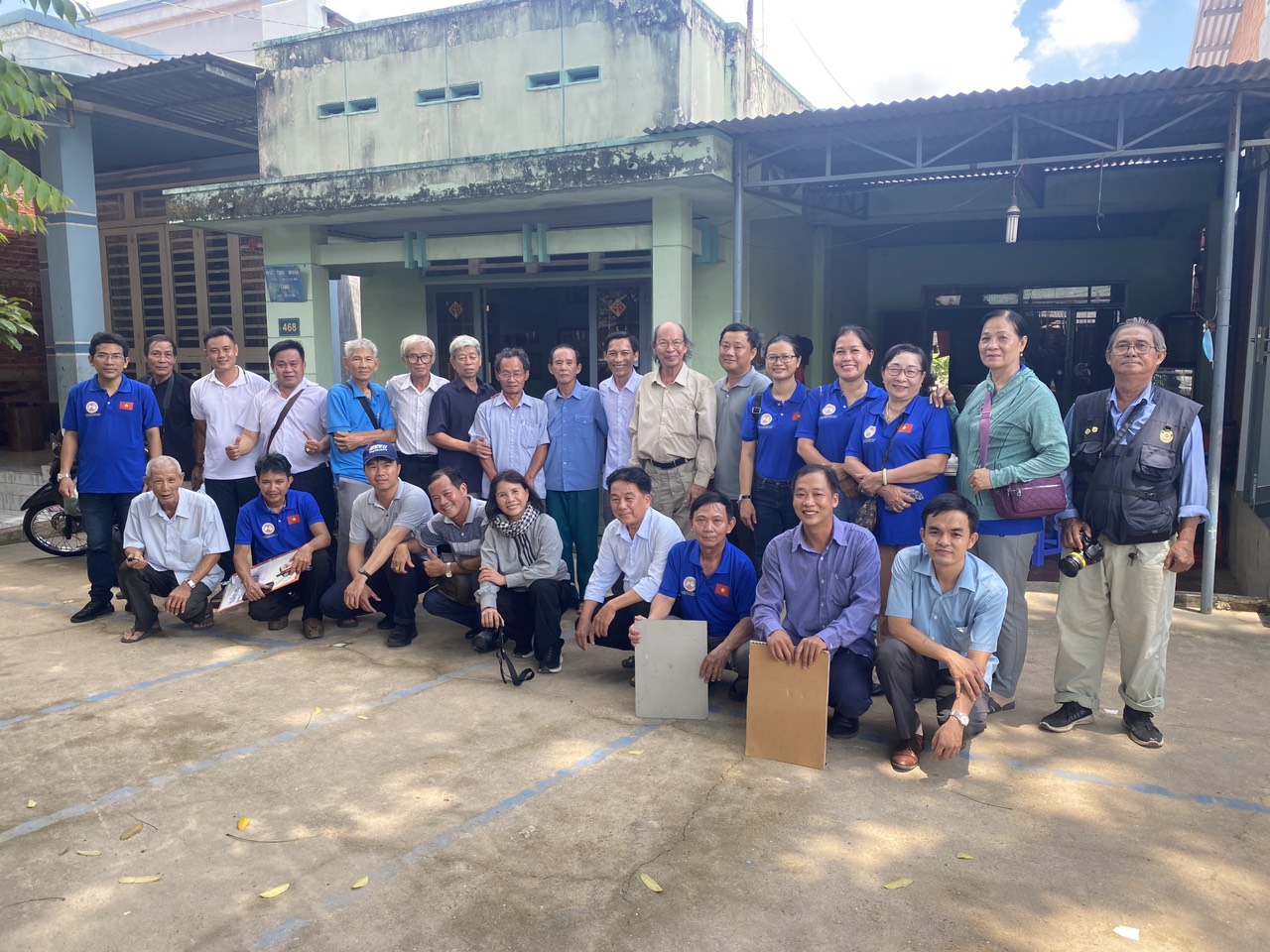







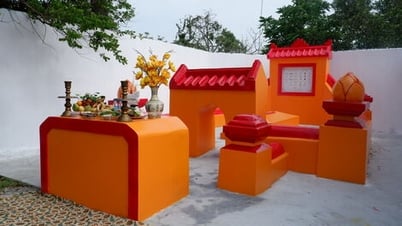

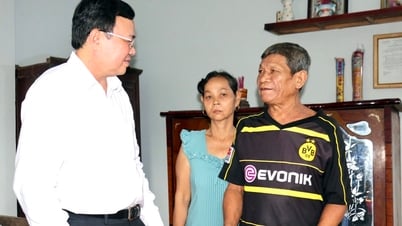
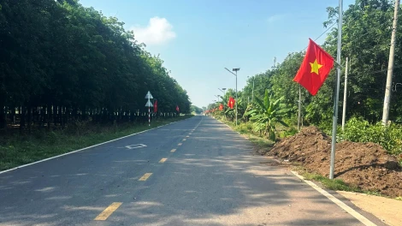

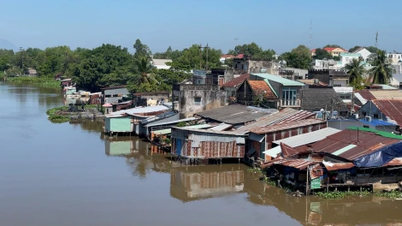
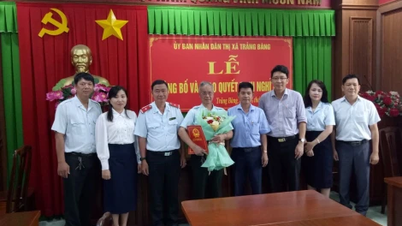




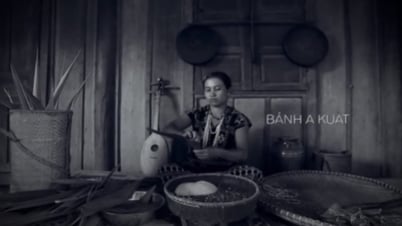




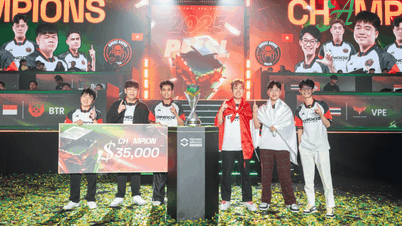
![[Photo] Nearly 104,000 candidates in Hanoi complete procedures to take the 10th grade entrance exam](https://vphoto.vietnam.vn/thumb/1200x675/vietnam/resource/IMAGE/2025/6/7/7dbf58fd77224eb583ea5c819ebf5a4e)








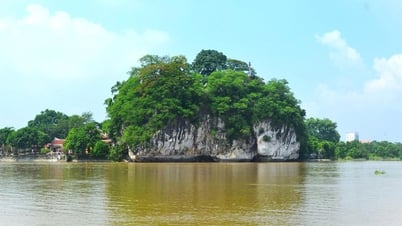





















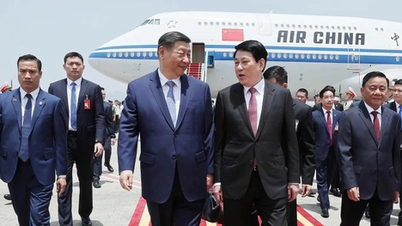
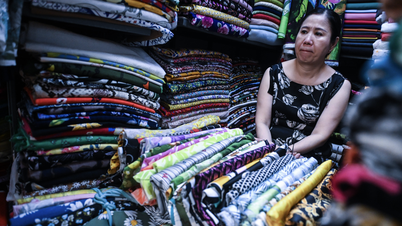



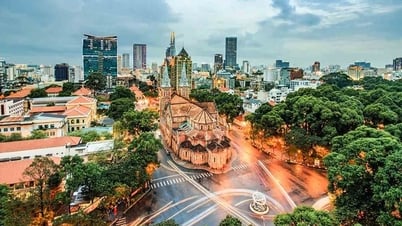



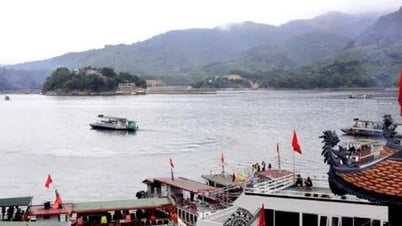
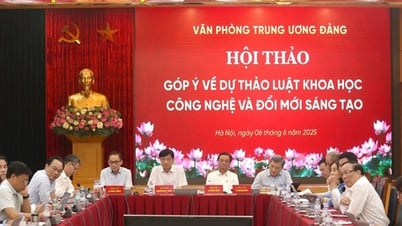

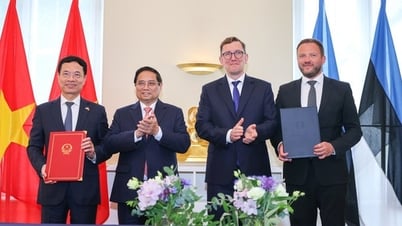
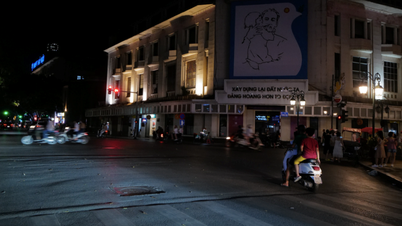

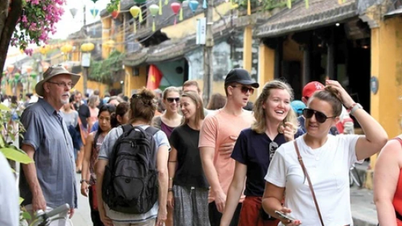

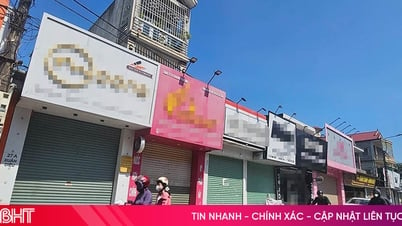



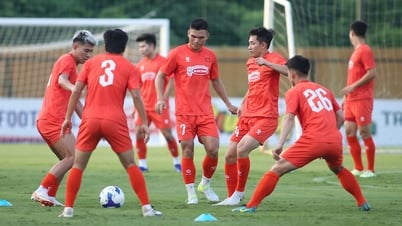


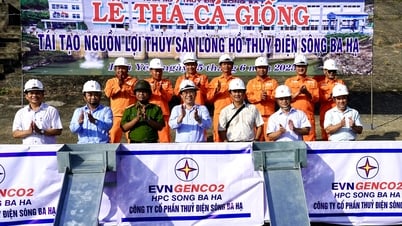






![[OCOP REVIEW] Tu Duyen Syrup - The essence of herbs from the mountains and forests of Nhu Thanh](https://vphoto.vietnam.vn/thumb/402x226/vietnam/resource/IMAGE/2025/6/5/58ca32fce4ec44039e444fbfae7e75ec)






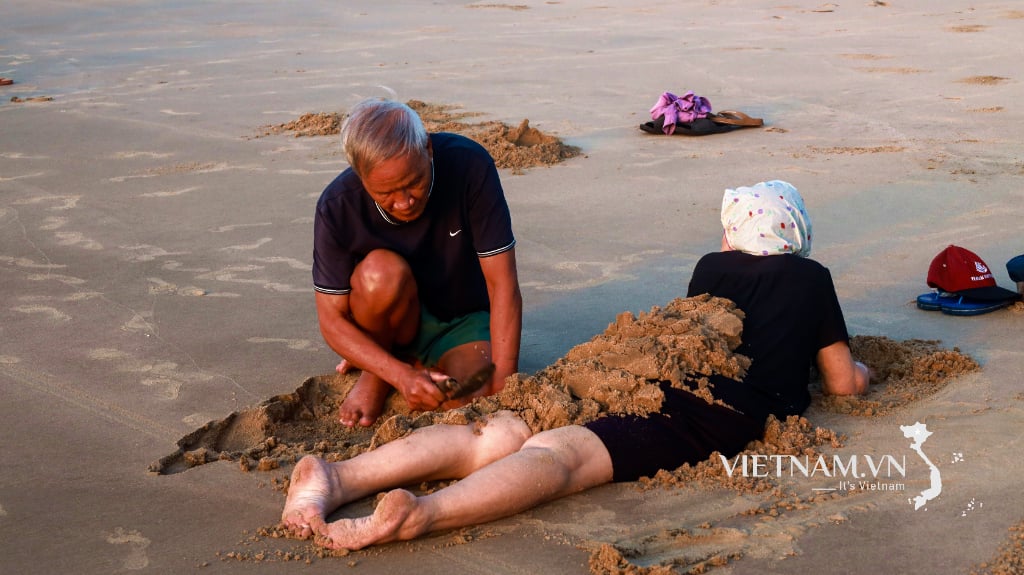
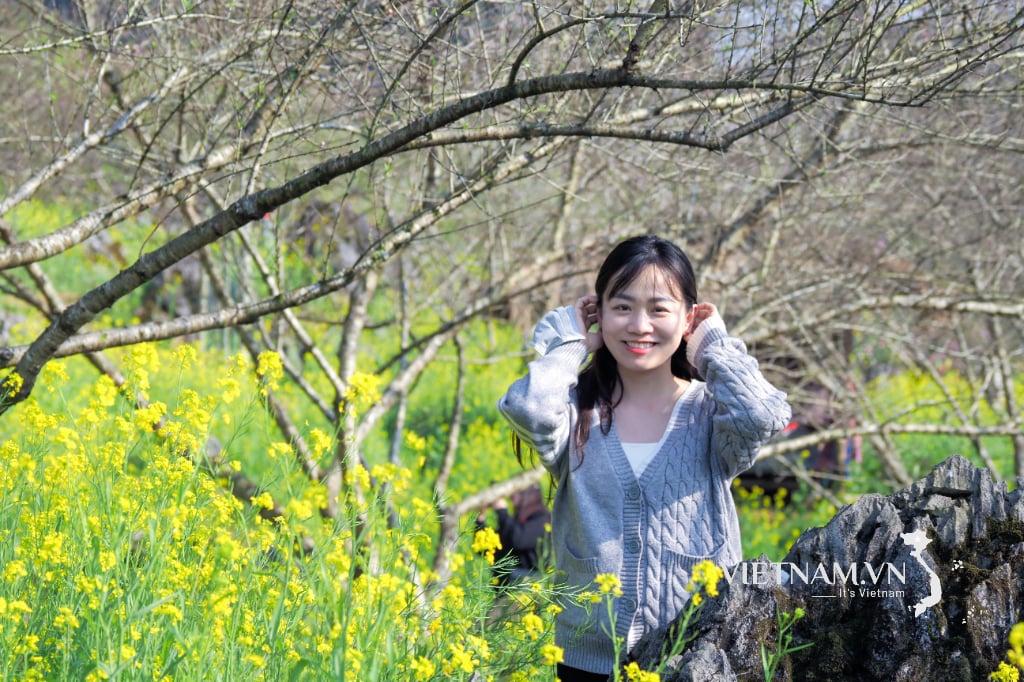
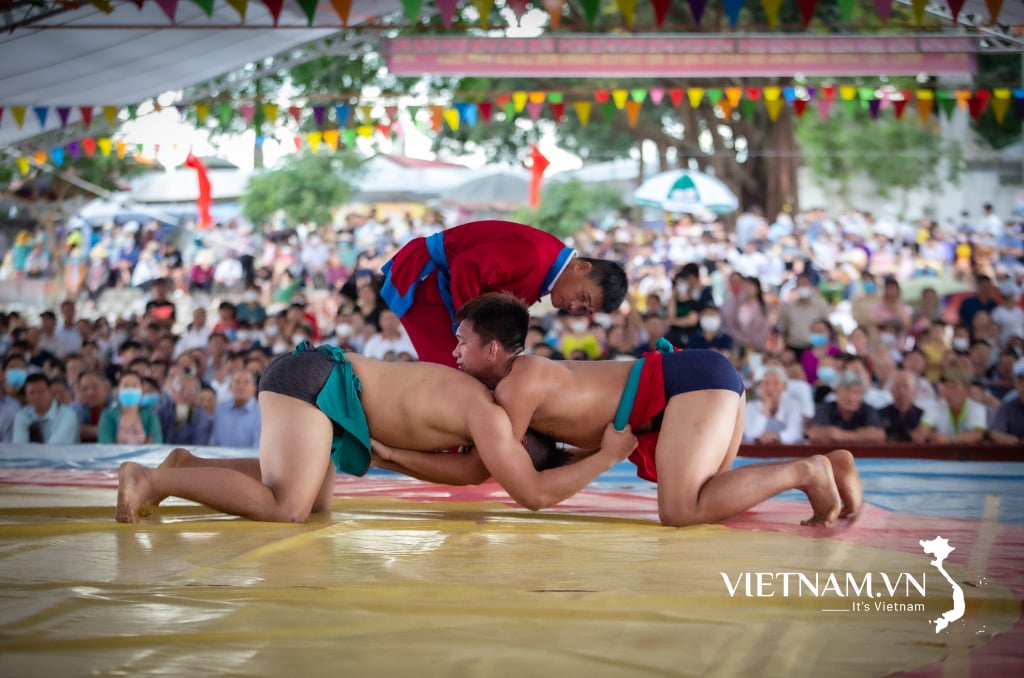
Comment (0)